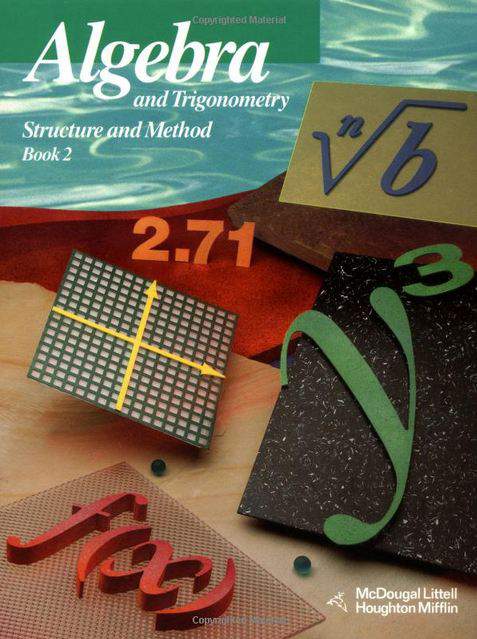Connecting...

This is a quick preview of the lesson. For full access, please Log In or Sign up.
For more information, please see full course syllabus of Trigonometry
For more information, please see full course syllabus of Trigonometry
Trigonometry Vectors
Lecture Description
This topic comes in both trigonometry and physics lectures. All vectors have magnitude and direction, except the zero vector. Graphically, vectors are represented as arrows and they are used primarily to represent lots of physical concepts, like velocity (which is not the same as speed) and force. There are formulas to find the length (the magnitude) of the vector and its direction. You'll see how the SOHCAHTOA is applied here, with the components of a vector. In the examples, you'll learn how to find the magnitude and direction of a vector whose components are given, and the other way round. There are also other examples to help you master this topic.
Bookmark & Share
Embed
Share this knowledge with your friends!
Copy & Paste this embed code into your website’s HTML
Please ensure that your website editor is in text mode when you paste the code.(In Wordpress, the mode button is on the top right corner.)
×
Since this lesson is not free, only the preview will appear on your website.
- - Allow users to view the embedded video in full-size.
Next Lecture
Previous Lecture










































 Answer Engine
Answer Engine



1 answer
Mon Nov 21, 2022 1:21 PM
Post by Jessica Zhang on November 20, 2022
In example III, why is the magnitude 160? Shouldn't the force be 160?
1 answer
Wed Nov 11, 2015 9:22 AM
Post by Peter Ke on November 6, 2015
I am new to vectors, can you explain why sometimes when you do vector examples you have to add the degrees. For example, the last question I asked and the extra example 2 were you added 90 + 90 + 90 + 30 = 300 degrees. Why is that?
Because I did it this way:
Ship:
x = 40 cos(30)
x = 34.64
y = 40 sin(30)
y = 20
Answer = (34.64,20)
1 answer
Wed Nov 11, 2015 9:22 AM
Post by Peter Ke on November 6, 2015
I REALLY REALLY don't get why the wind is 210 degrees for example 3. Please explain!
2 answers
Mon Nov 26, 2012 6:51 PM
Post by William Davis on January 2, 2012
If the wind is blowing 60 degrees east of north, shouldn't it be blowing 30 North east?